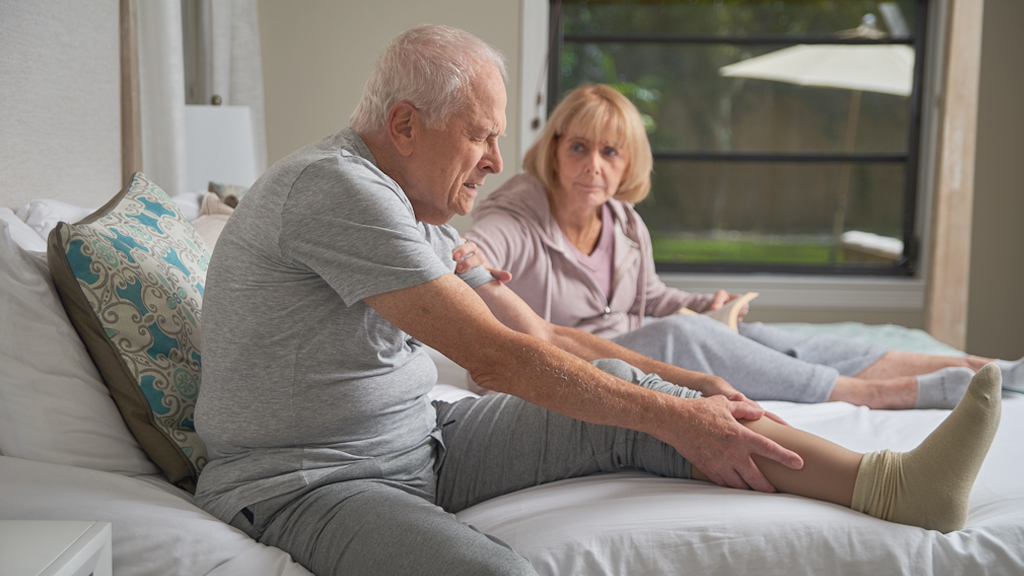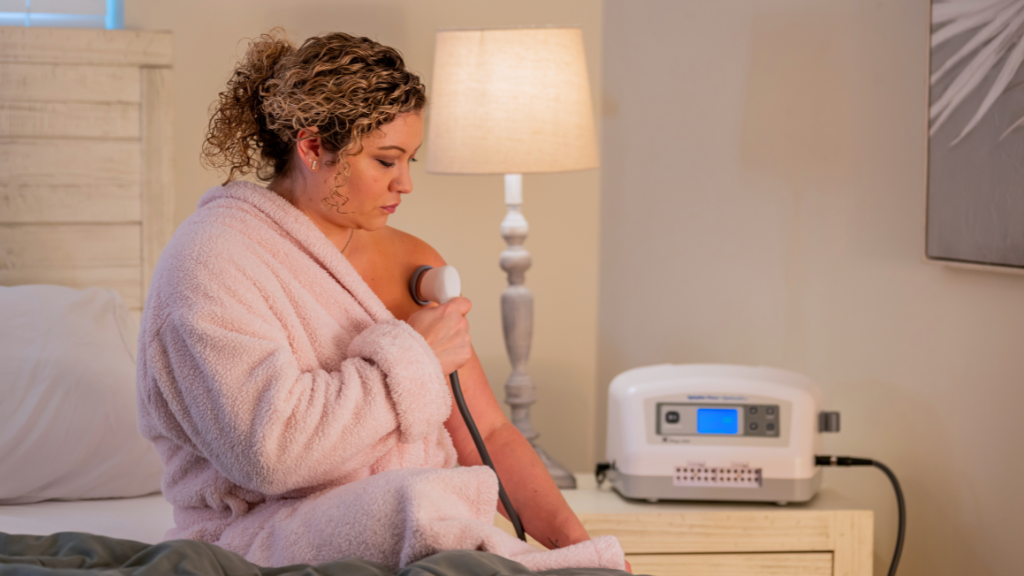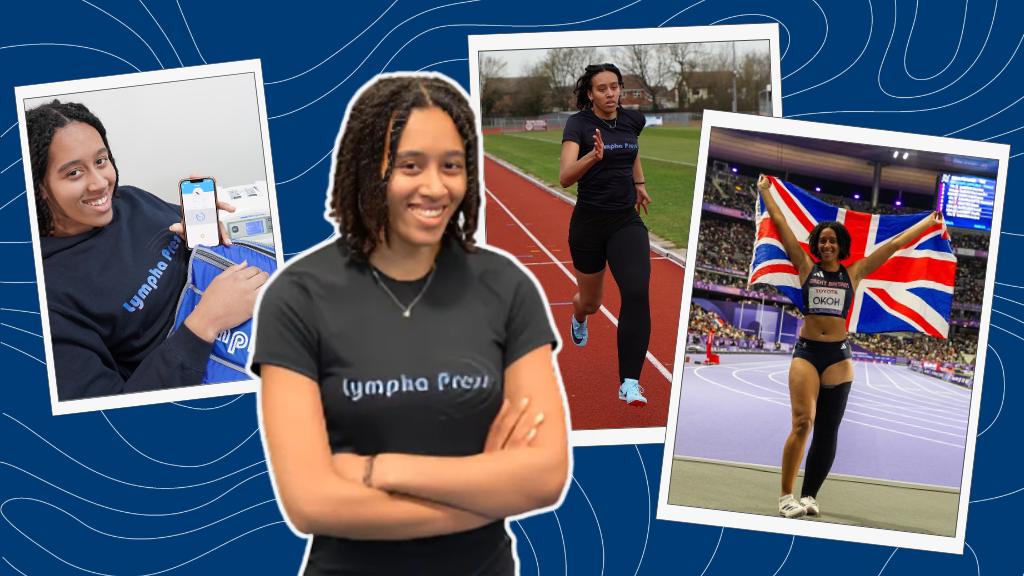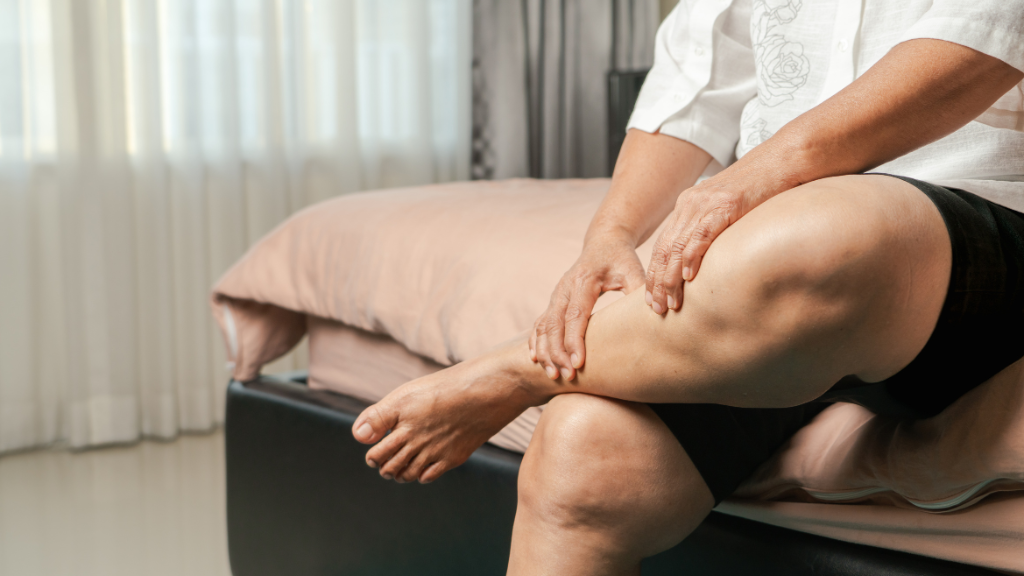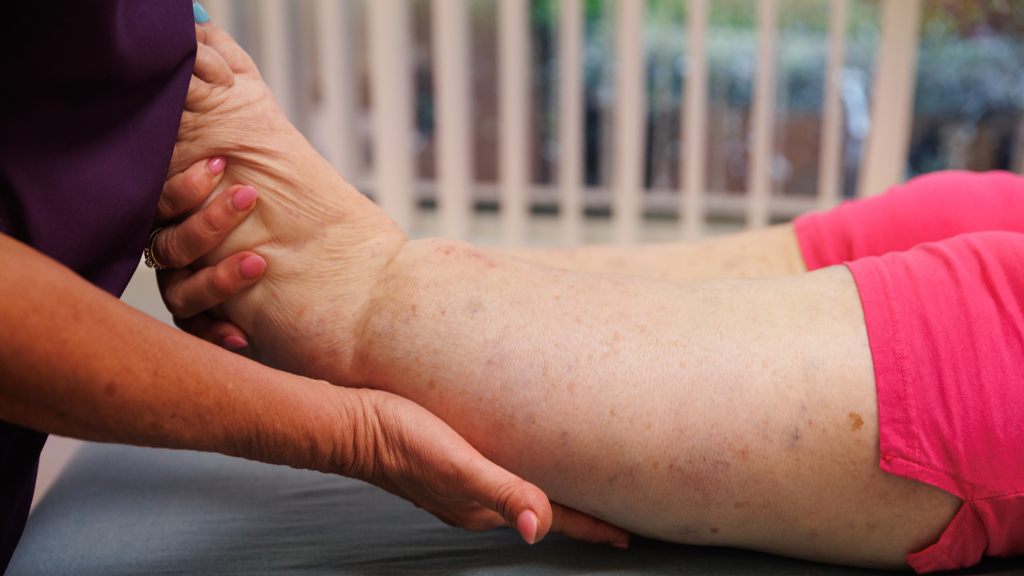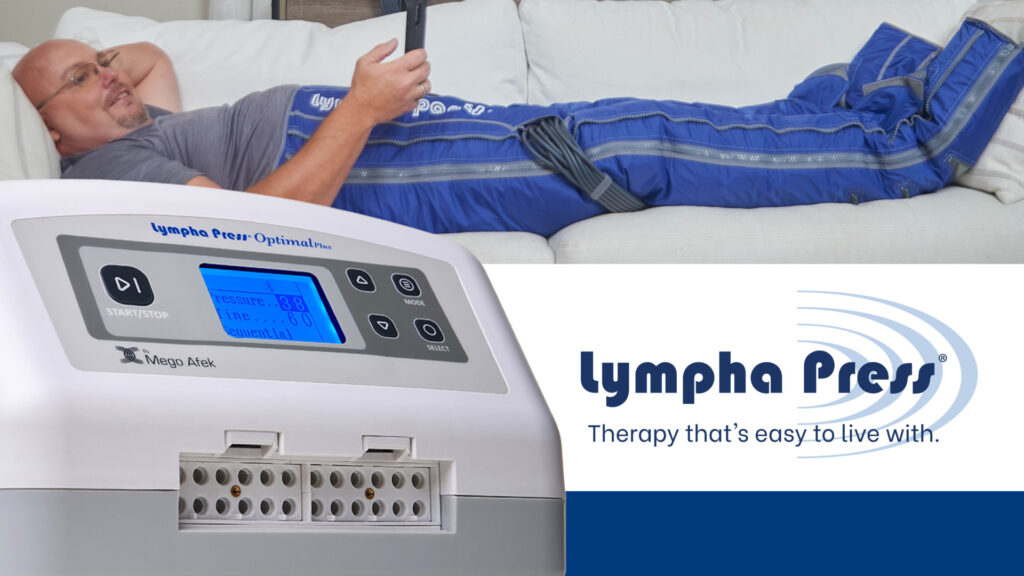Lymphedema is a chronic condition that involves excessive and sometimes painful swelling in the affected area. Although lymphedema currently has no cure, there are many in-office and at-home treatments that can be quite effective for managing its impact.
Common doctor-recommended lymphedema treatments include:
- Exercises that encourage fluid movement
- Pneumatic compression devices
- Compression garments and wraps
- Complete decongestive therapy (CDT)
- Lymphatic massage/drainage
- Lymphedema surgery
Below is a summary of each of these treatments and the potential benefits that a person with lymphedema may find from using them.
Exercising for Fluid Movement
Exercise has a proven positive impact on lymphedema. Moderate, low-impact daily exercise stimulates blood and fluid movement, which is beneficial for people with lymphatic disorders.
Melissa B. Aldrich, M.B.A., Ph.D., recommends walking, dancing, and even deep breathing as exercises that improve patient outcomes. In an article she authored in collaboration with Lympha Press and for the nonprofit organization LE&RN, she shared the following insight about exercise and lymphedema:
“Exercise decreases chronic ‘bad’ inflammation that wreaks havoc on the body,” explains Dr. Aldrich. Therefore, exercise may counteract such inflammation and allow lymphatic pumping to resume.
Pneumatic Compression
Pneumatic compression devices, often referred to as pumps, provide machine-assisted fluid movement. These devices reduce lymphedema swelling significantly and support positive health outcomes.
The Center for Opinion Research (COR) at Franklin and Marshall College conducted a statistically valid survey among 800 patients who were prescribed a Lympha Press pneumatic compression device. Here are some of the results of their study:
- 83% say Lympha Press improved the condition of their legs.
- 85% say Lympha Press reduced discomfort.
- 94% say they would recommend Lympha Press to a patient with a similar condition.
Compression Garments and Wraps
Compression garments are effective when worn as instructed by a lymphedema therapist. Additionally, there are bandaging and wrapping techniques that can offer more individualized compression.
Lymphatic Massage and Drainage
There are various levels and types of lymphatic massage for lymphedema swelling. These range from ordinary massage to lymphatic massage to manual lymphatic drainage (MLD).
Medical research shows evidence that manual lymphatic drainage (MLD) combined with other therapies like exercise and pneumatic compression increases the overall benefit. People with lymphedema swelling should consult their doctors about potentially combining therapies for maximum benefit.
Complete Decongestive Therapy
Complete decongestive therapy (CDT) is a noninvasive lymphedema treatment that can release swelling and fluid retention. It’s commonly called the gold standard of lymphedema treatment because it combines the many benefits of manual lymphatic drainage, compression, exercise, and skincare.
Typically, under the care of a qualified lymphedema professional, a patient receives a CDT treatment plan that addresses their specific symptoms and stage of lymphedema. The treatment plan often involves at-home compression pump therapy that works in a supportive role to maintain the gains from the CDT approach.
